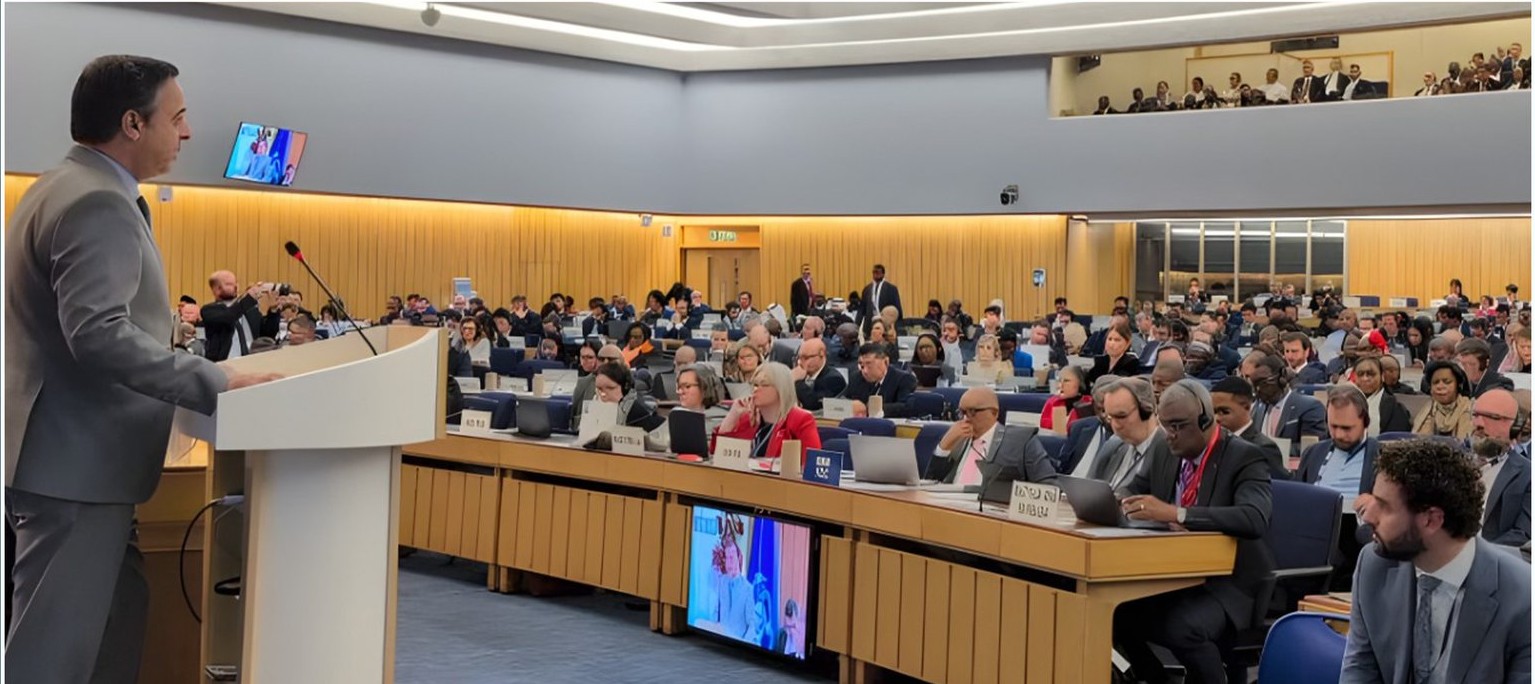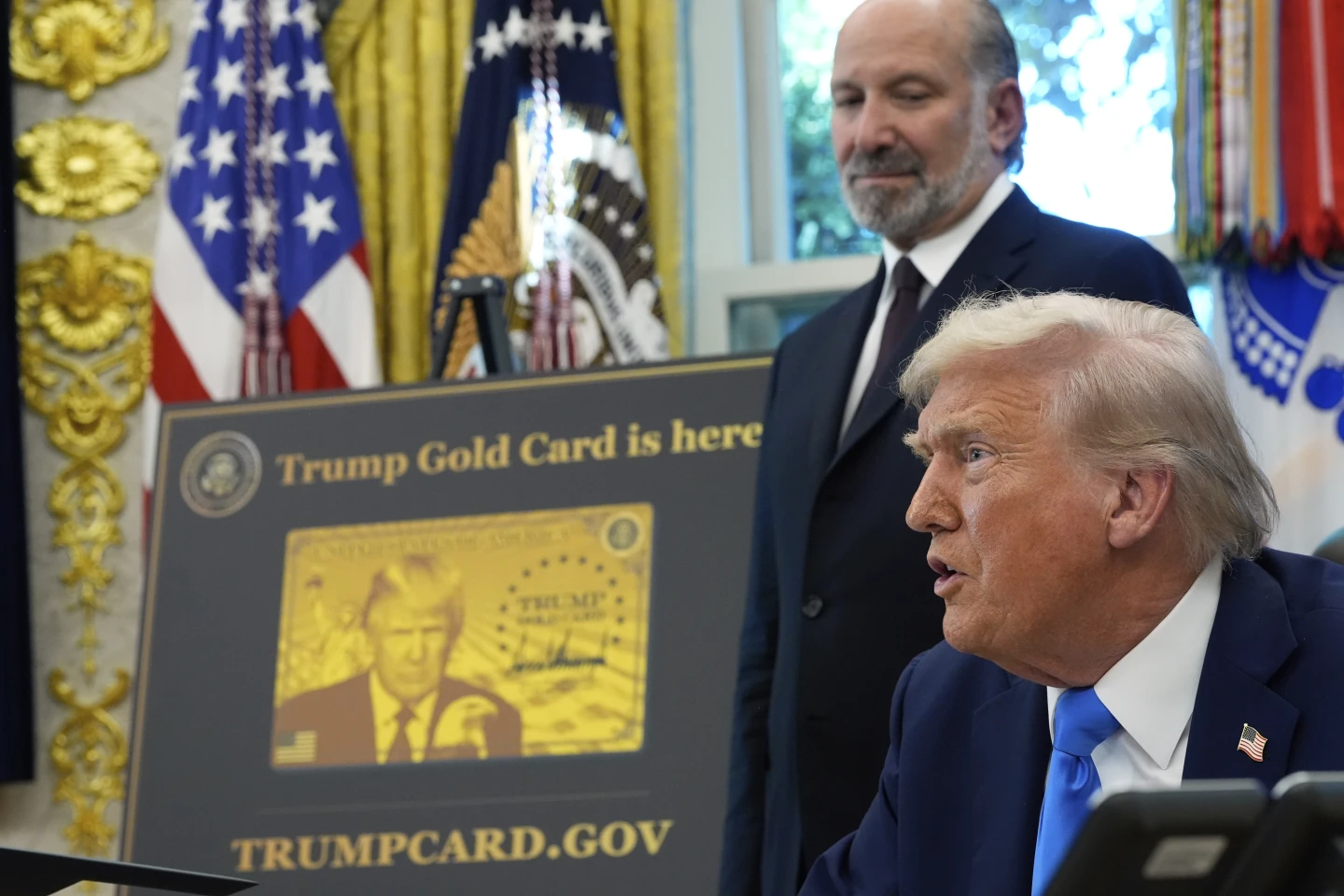
President Donald Trump speaks as Commerce Secretary Howard Lutnick listens in the Oval Office of the White House, Friday, September 19, 2025, in Washington. -- Photo by AP
WASHINGTON: Seeking to overhaul the US visa system for highly skilled foreign workers and investors, President Donald Trump on Friday signed a proclamation that will impose a new annual $100,000 fee for H-1B visa applications and introduced a $1 million “gold card” visa as a potential pathway to US citizenship.
The moves face near-certain legal challenges and widespread criticism that Trump is going beyond presidential authority by sidestepping Congress.
The actions, if they survive legal muster, will deliver staggering price increases for high-skilled and investor visas created by Congress in 1990.
‘Companies on board’
Commerce Secretary Howard Lutnick said the H-1B visa fee will be $100,000 per year and added that “all big companies” are on board.
H-1B visas are designed to attract the best and brightest foreign nationals for high-skilled jobs that tech companies struggle to fill with qualified US citizens and permanent residents.
The program instead has turned into a pipeline for overseas workers who are often willing to work for as little as $60,000 annually. That is far less than $100,000-plus salaries typically paid to US technology workers.
Trump on Friday insisted that the tech industry would not oppose the move.
‘Be very happy’
“I think they’re going to be very happy,” he said.
Representatives for the biggest tech companies, including Amazon, Apple, Google and Meta, did not immediately respond to messages for comment on Friday.
Microsoft declined to comment.
“So no longer will you put trainees on an H-1B visa,” Lutnick said on a call with reporters. “That it’s just not economic anymore. If you’re going to train people, you’re going to train Americans. ... If you have a very sophisticated engineer and you want to bring them in ... then you can pay $100,000 a year for your H-1B visa.”
‘Trump Gold Card’
Trump also announced he will start selling a “gold card” visa with a potential pathway to US citizenship. The “Trump Gold Card” will be available for a processing fee and a $1 million contribution after vetting.
For companies, it will cost $2 million.
The “Trump Platinum Card,” meanwhile, will be available for a $5 million contribution and will allow foreigners to spend up to 270 days in the US without being subject to US taxes on non-US income.
Trump announced a $5 million gold card in February to replace an existing investor visa — this is now the platinum card.
Applicants can sign up now for a waitlist for the platinum card, but it still needs to be approved by Congress.
First Lady’s work visa
First Lady Melania Trump, formerly Melania Knauss, was granted an H-1B work visa in October 1996 to work as a model. She was born in Slovenia.
The H-1B program was created in 1990 for people with a bachelor’s degree or higher in fields where jobs are deemed hard to fill, especially science, technology, engineering and math.
Critics say they allow companies to pay lower wages with fewer labor protections.
Lottery system
Historically, these visas — 85,000 per year — have been doled out through a lottery system.
This year, Amazon was by far the top recipient of H-1B visas with more than 10,000 awarded, followed by Tata Consultancy, Microsoft, Apple and Google. Geographically, California has the highest number of H-1B workers, according to UCIS.
Critics say H-1B spots often go to entry-level jobs, rather than senior positions with unique skill requirements. And while the program is not supposed to undercut US wages or displace US workers, critics say companies can pay less by classifying jobs at the lowest skill levels, even if the specific workers hired have more experience.
As a result, many US companies find it cheaper to contract out help desks, programming and other basic tasks to consulting companies such as Wipro, Infosys, HCL Technologies and Tata in India and IBM and Cognizant in the US.
Foreign workers
These consulting companies hire foreign workers, often from India, and contract them out to US employers looking to save money.
Doug Rand, who served as the director of US Citizenship and Immigration Services during the Biden administration, said this amounts to a “split personality disorder” for the program, with only about half of the visas each year going to traditional companies that offer long-term employment and can put immigrants on a track to citizenship. The other half go to staffing or consulting firms — and while many are established and well-known companies, others are just one-person operations that wouldn’t exist without the H-1B program.
“They’re basically entering the lottery so they can hire people that they then rent out to other larger companies doing actual work,” Rand said. “And so there’s a lot of misbehavior and chicanery in this part of the system.”
In 2024, lottery bids for the visas plunged nearly 40%, which authorities said was due to success against people who were “gaming the system” by submitting multiple, sometimes dubious, applications to unfairly increase chances of being selected.
More needs to be done
Major technology companies that use H-1B visas sought changes after massive increases in bids left their employees and prospective hires with slimmer chances of winning the random lottery. Facing what it acknowledged was likely fraud and abuse, USCIS this year stated that each employee had only one chance at the lottery, regardless of whether the person had one job offer or 50.
Critics welcomed the change but said more needs to be done.
The AFL-CIO wrote last year that, while changes to the lottery “included some steps in the right direction,” they fell short of the needed reforms.
The labor group wants visas awarded to companies that pay the highest wages instead of by random lottery, a change that Trump sought during his first term in the White House.
Latest News
Suspect in Washington shooting in custody: city police
37 MINUTES AGO
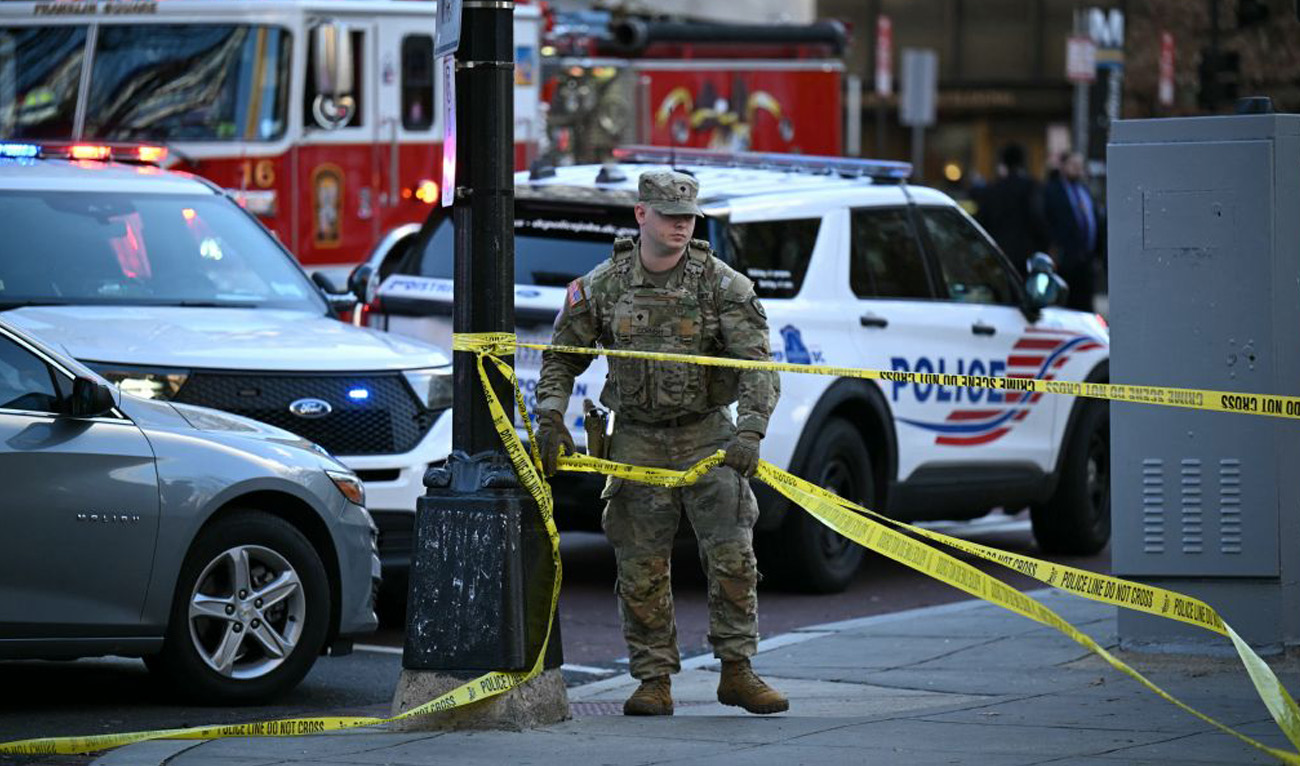
Hong Kong high-rise fire kills at least 36, 200-plus missing
AN HOUR AGO
.jpg)
NASA confirms support for delayed European Mars rover: ESA
3 HOURS AGO
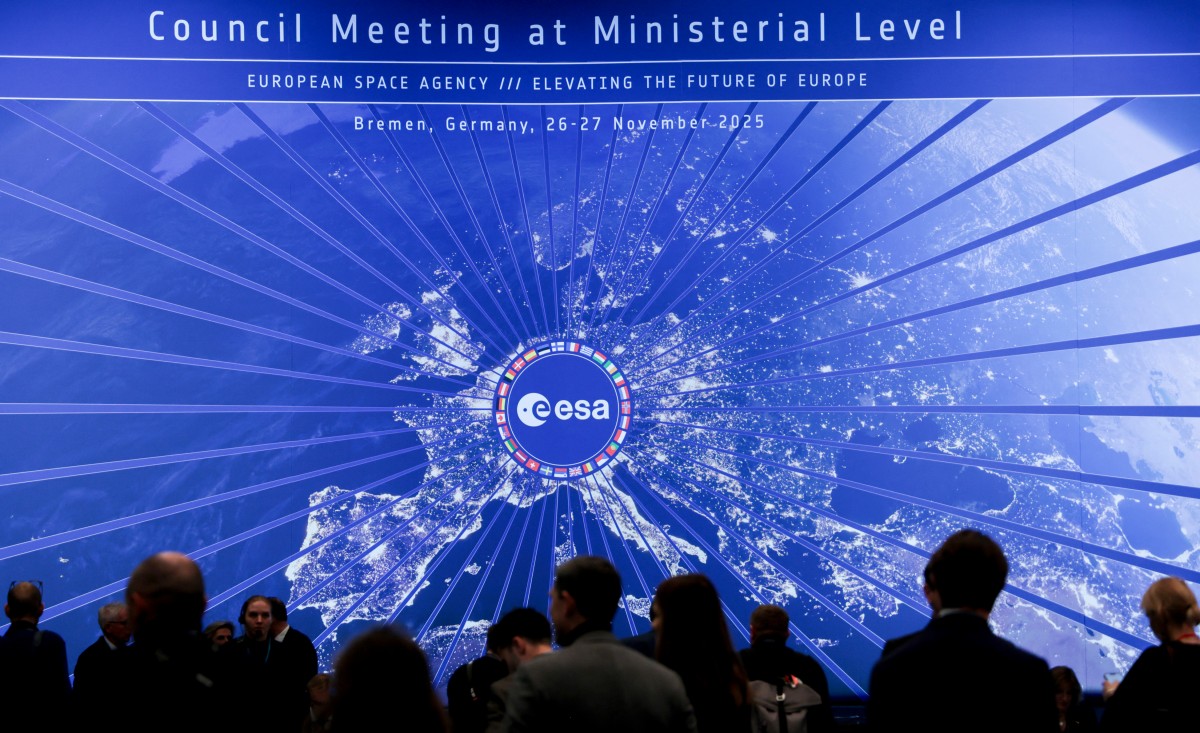
Iran offers ‘blank cheque’ to support Pakistan-Afghanistan peace, eyes stronger bilateral ties
3 HOURS AGO
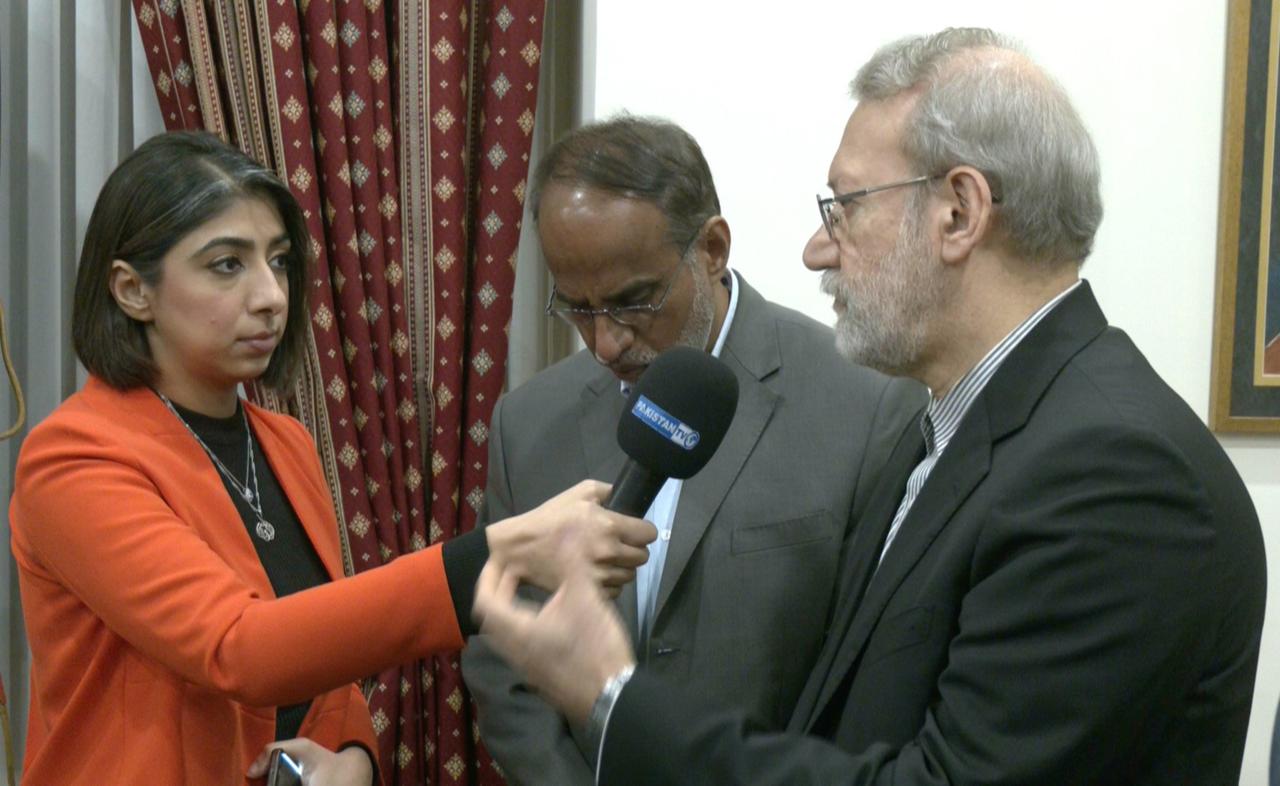
Pakistan seeks multicontinental alliance to shape future of global shipping
5 HOURS AGO
